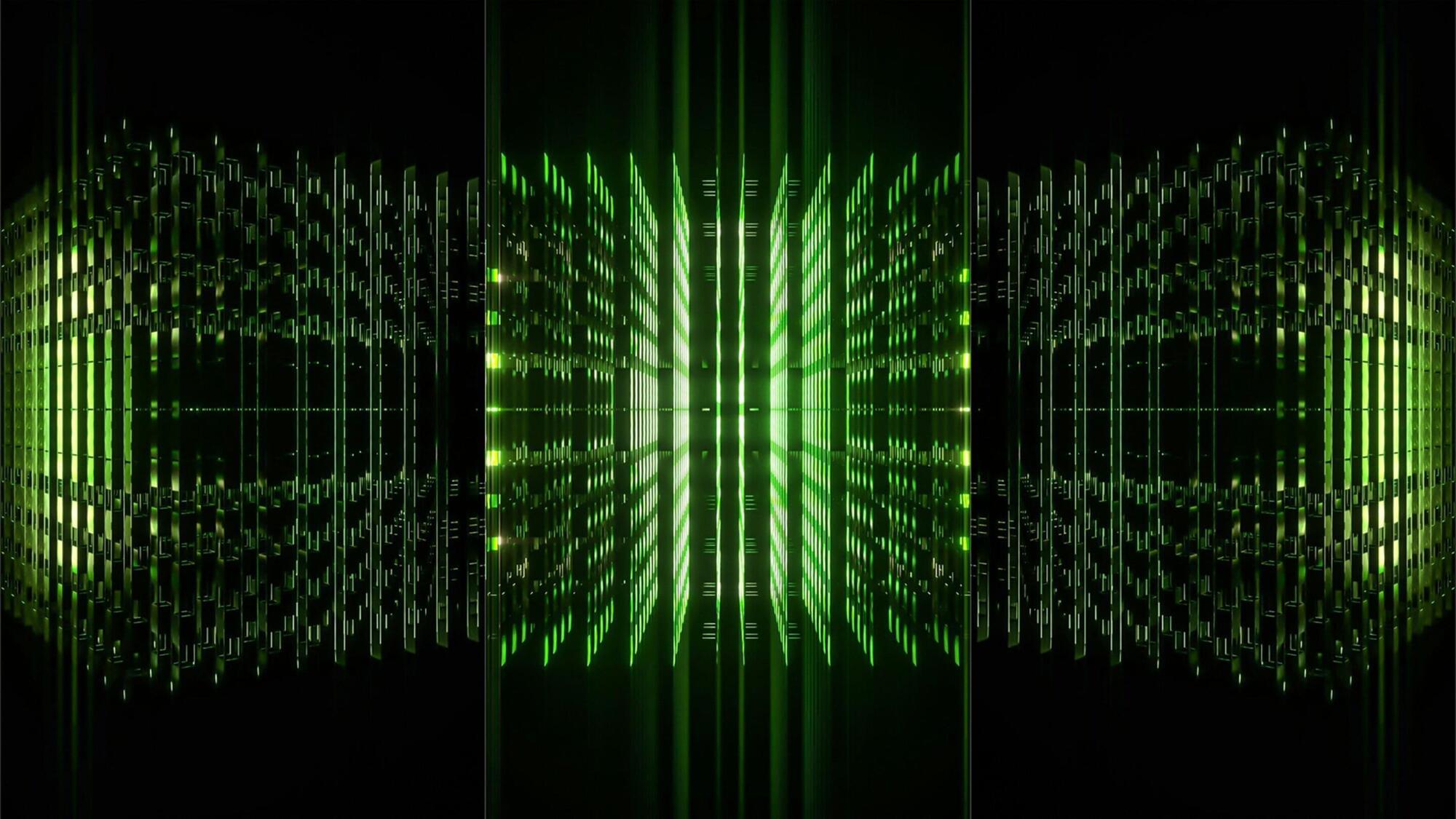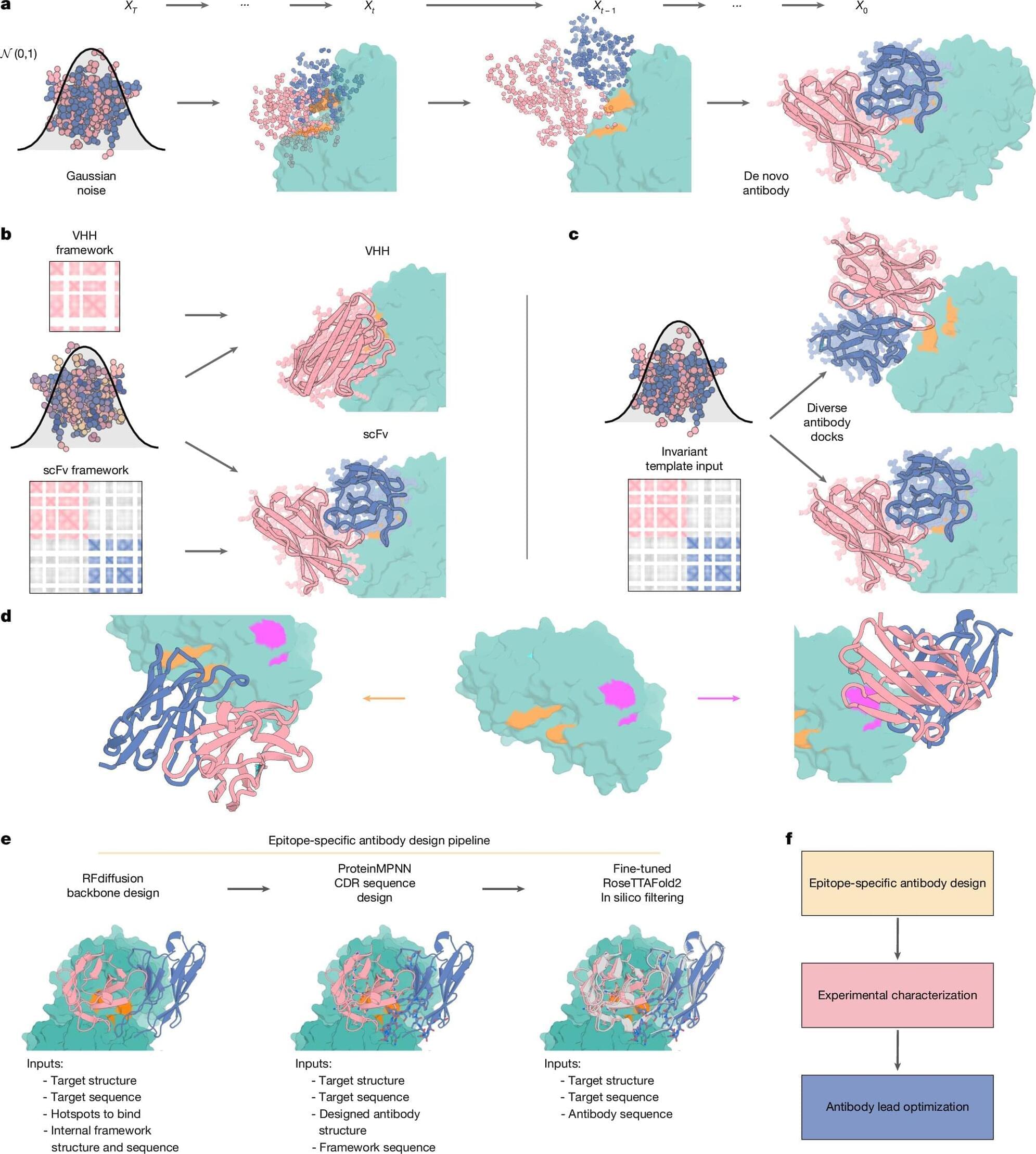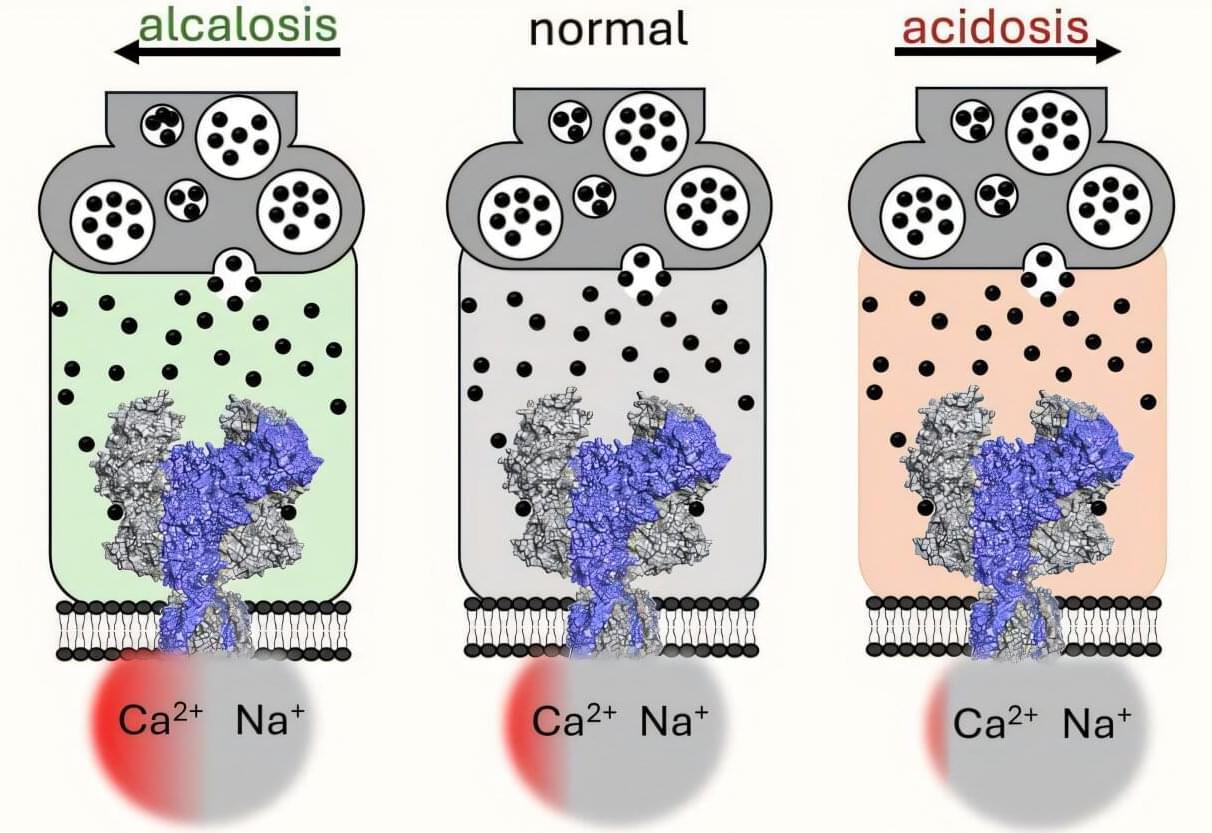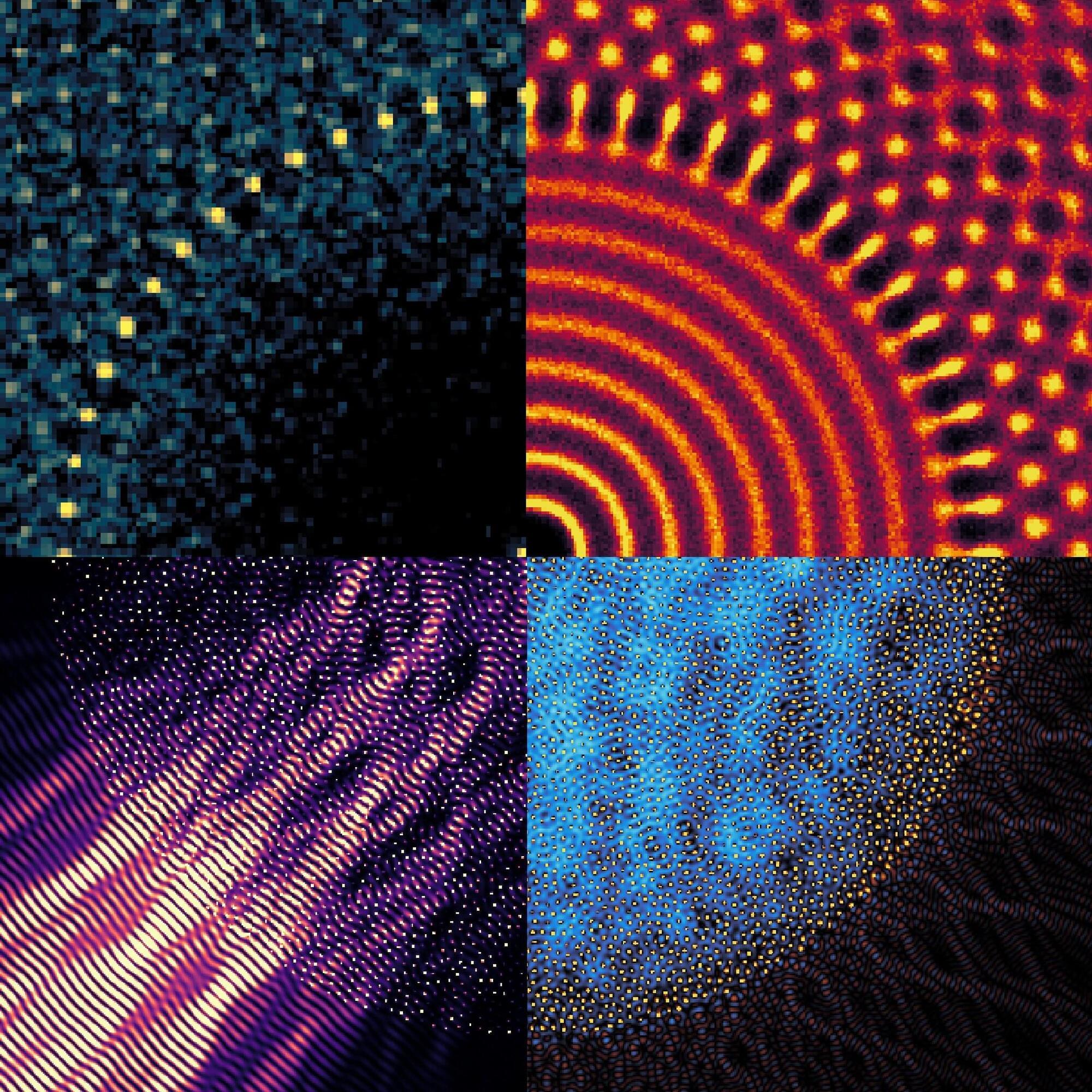face_with_colon_three Fungi can save all life on earth. This lecture teaches that mushrooms are outperforming even age old medicines.
Watch my 15 minute speech at the United Nations General Assembly’s AUDACITY 100 Disruptors Summit was a powerful reminder of how interconnected we all are.
I spoke about how fungal mycelium can help heal ecosystems, strengthen food systems, and strengthens the health.
of the residents of the planet. Mycelium supports our collective immunity.
When Mycelium Running: How Mushrooms Can Help Save the World was published in 2005, it foretold the mycelial revolution that continues to sweep the planet. This book is as relevant today as it was then. What has happened since? The scientific community continues to verify that mycelium is essential for our collective health, whether as nutritional supplements, or as the core fabric of our food webs.






